Last Updated on February 14, 2021
Have you had any Japanese sweets? If you have, chances are you’ve eaten the sweet adzuki beans. Anko (pronounced as Ahn-ko) is a Japanese name for cooked adzuki beans that is sweet. It’s vegan by nature like many other traditional Japanese sweets, also gluten free, oil free and requires only 3 ingredients to make! It’s hearty and comforting, a perfect dish to make on a slow & relaxing weekend!
Adzuki Beans
Although adzuki beans can be used for both savory and sweet dishes, it’s more commonly used for Japanese sweets. It’s pronounced as “Azuki” however it’s commonly spelled as “A’d’zuki.” They are dark red in color and fairly small in size, in fact, the word adzuki in Japanese is written as “小豆” which literally means “small beans.”
The most common way to prepare savory dish using adzuki beans is called Osekihan [お赤飯] which made with glutenous mochi rice. Osekihan is festive food for seasonal celebrations or rite of passages.
Now, for the sweets, cooked adzuki beans with sugar is called Anko [あんこ or 餡子] and can be used in two different consistency:
- As a whole called Tsubu-An [粒あん]
Or
- As a paste called Koshi-An [こしあん]
Whether it’s tsubu-an or koshi-an, anko is used in many Japanese sweets called wagashi [和菓子] such as:
- Mochi [餅] — Japanese glutenous rice cake
- Ohagi [おはぎ] — Another type of glutenous rice cake covered with anko
- Dorayaki [どら焼き] — Japanese style pancake like sandwich
- Yokan [羊羹] — Japanese style thick jelly
- Oshiruko or Zenzai [お汁粉 or ぜんざい] — Japanese sweet adzuki bean soup
- Kakigori [かき氷] — Japanese style shaved ice
- Anmitsu [あんみつ] — Japanese cold dessert with kanten jelly, fruit, adzuki beans, and Japanese style molasses
- Ice Cream [アイスクリーム] etc.
In this recipe, I made the Tsubu-An (whole) version. If you want to make a paste form, the easiest way you can do is to use food processor to make it smooth!
The Ingredients
It takes only 3 ingredients (excluding water) to make this recipe!
- Dried Adzuki Beans
- Cane Sugar
- A Pinch of Salt (optional)
Yup, that’s all!
The Tips
Important Prep
Adzuki beans can contain tannin that gives you the unwanted taste. To get rid of it, you can do the following steps.
- Rinse adzuki beans under running water.
- Combine water and the clean beans in a pot. [4-parts water to 1-part beans ratio]
- Uncover and bring it to boil then reduce the heat to cook for another 3-5 minutes.
- Use a colander to drain to discard the cooking water.
- Transfer the cooked beans back to the pot.
- Repeat the process (add water → cook → drain → back to the pot) again.
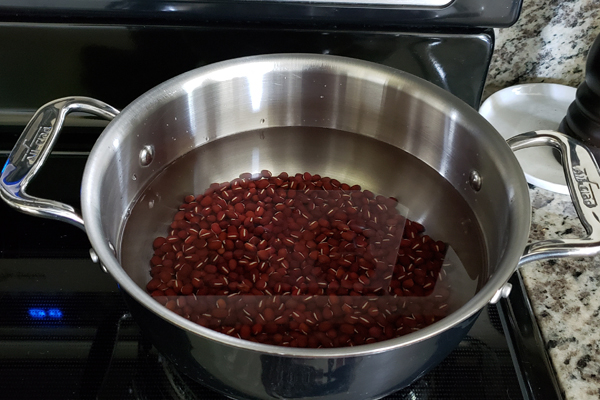

After that, the unwanted taste should be gone!
Consistency
When it comes to tsubu-an (whole) I like mine not too soft or mushy. Also depending on what you’re doing it with, you can modify the texture and consistency simply by increasing/decreasing the cooking time. For this recipe, after the initial prep above to get rid of the tannin, I cooked the beans for about 1 hour plus extra 20-30 minutes after adding sugar. With that cooking time, the beans are soft but still has a pleasant bite.
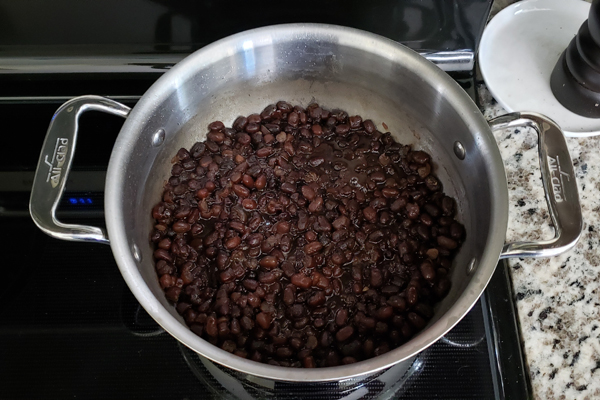
Also, cooked adzuki beans tends get harder as it settles in cold temperature. So even if the hot cooked beans feel a bit softer that what you would like it to be, it may become a perfect preferred texture later on.
Just like cooking any other beans, not having enough cooking water make the beans harder. That’s why it’s also important to keep your eye on the beans to make sure that they are submerged in enough cooking water while cooking. If it looks like water level is going lower, simply add more water. Repeat the process as necessary.
Sugar
You may know that the Japanese sweets in general are not as sweet as western ones of any kind. To make it not overwhelmingly sweet, the ratio of dried adzuki beans to sugar should be;
1-part beans to 3/4-part sugar
I made mine with 1 cup dried adzuki beans and 3/4-cup sugar. Typically, the idea is using equal parts of beans and sugar which I also agree. But I like mine a bit less sweet…it’s just my personal preference.
Now, when you add sugar to the beans, it may harden the beans. To avoid that, instead of adding the sugar all at once, add half of it and simmer for 10-15 minutes. Then add another half and simmer for extra 10-15 minutes or so.
Salt
Adding salt is optional. The salt slightly enhances the sweetness. To use or not, the decision is up to you!
How to Serve Anko
Although Anko can be eaten as is, it’s typically used as a topping of desserts or part of sweets accompanied by some other components like bread or mochi etc..
Anko (Japanese Sweet Adzuki Beans)
Ingredients
- 1 cup dried adzuki beans (about 7 oz)
- 4-5 cups water (the amount of water needed per boiling process)
- 3/4 cup to 1 cup cane sugar 5.25 oz to 7 oz I made this recipe with 3/4 cup*
- A pinch of salt
Instructions
- Place adzuki beans in a colander. Rinse under running water to clean.
- Start to precook adzuki beans (to get rid of tannin.) Transfer the adzuki beans to a medium pot. Pour 4-5 cups purified water to the pot and cook over high heat to bring to boil (uncovered.) Once it’s boiling, reduce the heat to medium to medium low and continue to cook for 3-5 minutes. Use a colander to drain to discard the cooking water. Transfer the drained beans back to the same pot. Cover with the same amount of purified water. Repeat the process (step 2) again.
- After the initial precooking process (step 2), transfer the beans back to the same pot again and cover with the same amount of purified water. Cook over high heat to bring to boil (uncovered.) Once it’s boiling, reduce the heat to medium low. Remove the scum with ladle. Cover the pot and continue to cook for 45 minutes to 1 hour until they are tender enough to crush with fingers. Checking the water level occasionally to make sure that the beans are submerged in water. Add some water as needed.
- Once beans are tender, add a half of the sugar. Give a stir and let it simmer (uncovered) until it starts thickening. Add the rest of the sugar and a pinch of salt (optional.) Stir again and continue to simmer for another 15 minutes or so until almost all the liquid is absorbed into the beans.
- Let it cool down and it’s ready to use whether warm or cold. Keep the leftover in a container then store in the fridge and consume within 2-3 days. If you like freeze it, make it flat in an airtight container or zipper bag. It should be good for 2 months. Defrost to use as needed.
Notes
- I find the good ratio of dried adzuki beans to sugar is [1-part beans to 3/4-part sugar.] This comes out as having just enough sweetness without being overly sweet. You can go up to 1:1 ratio depending on your preferences on sweetness.
- For the cooking water, use [4 to 5-parts water to 1-cup dried beans] ratio.
- You can also make this into paste form by using food processor.
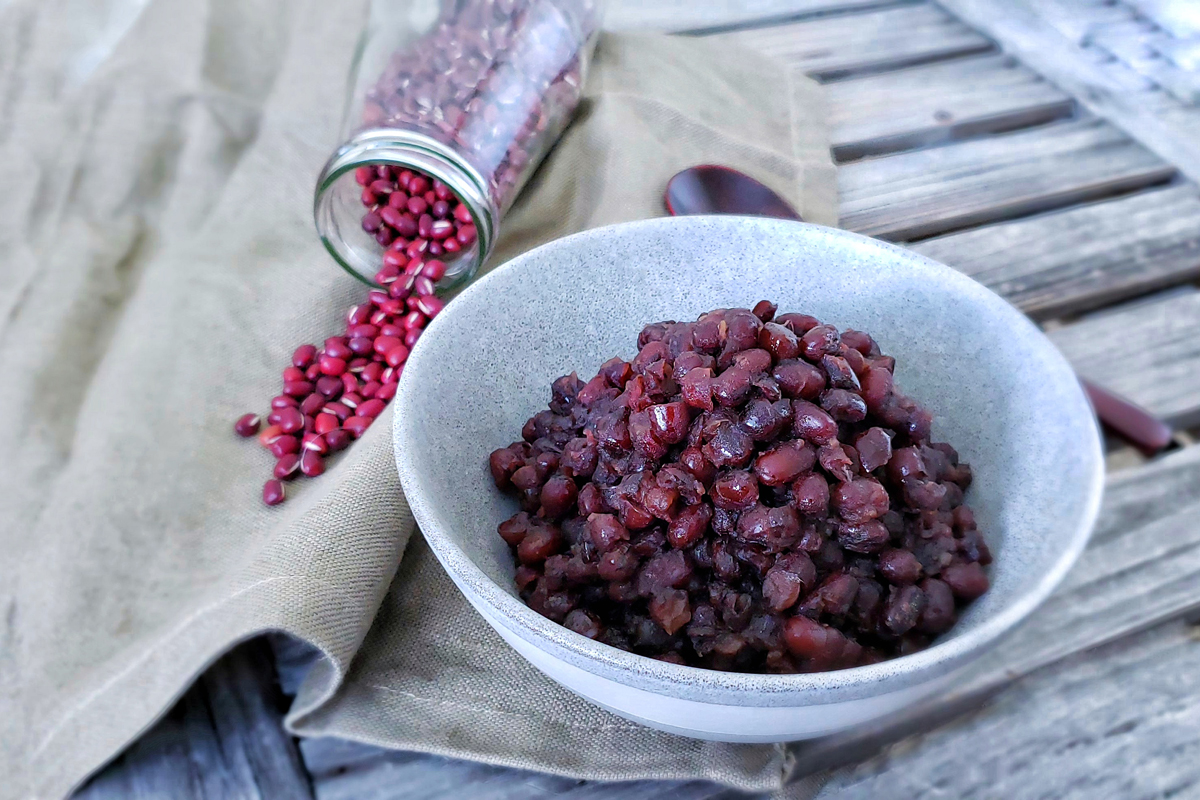
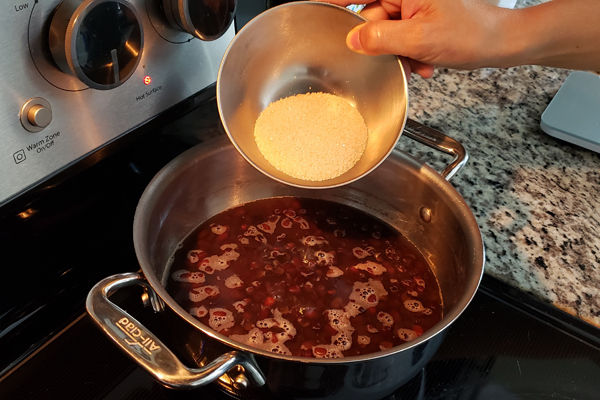
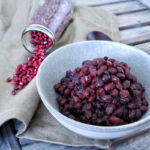
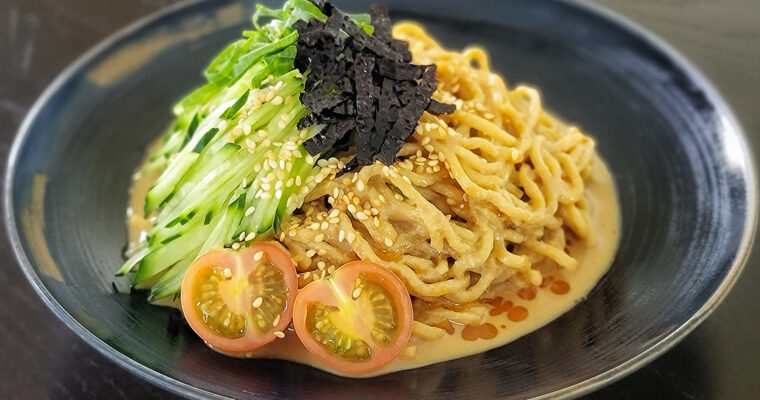
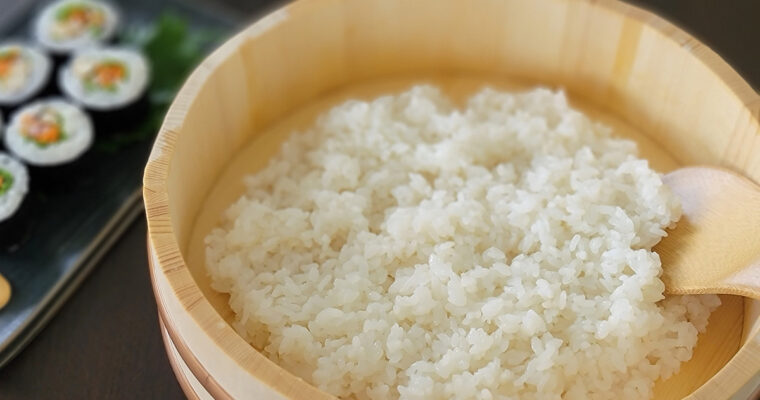
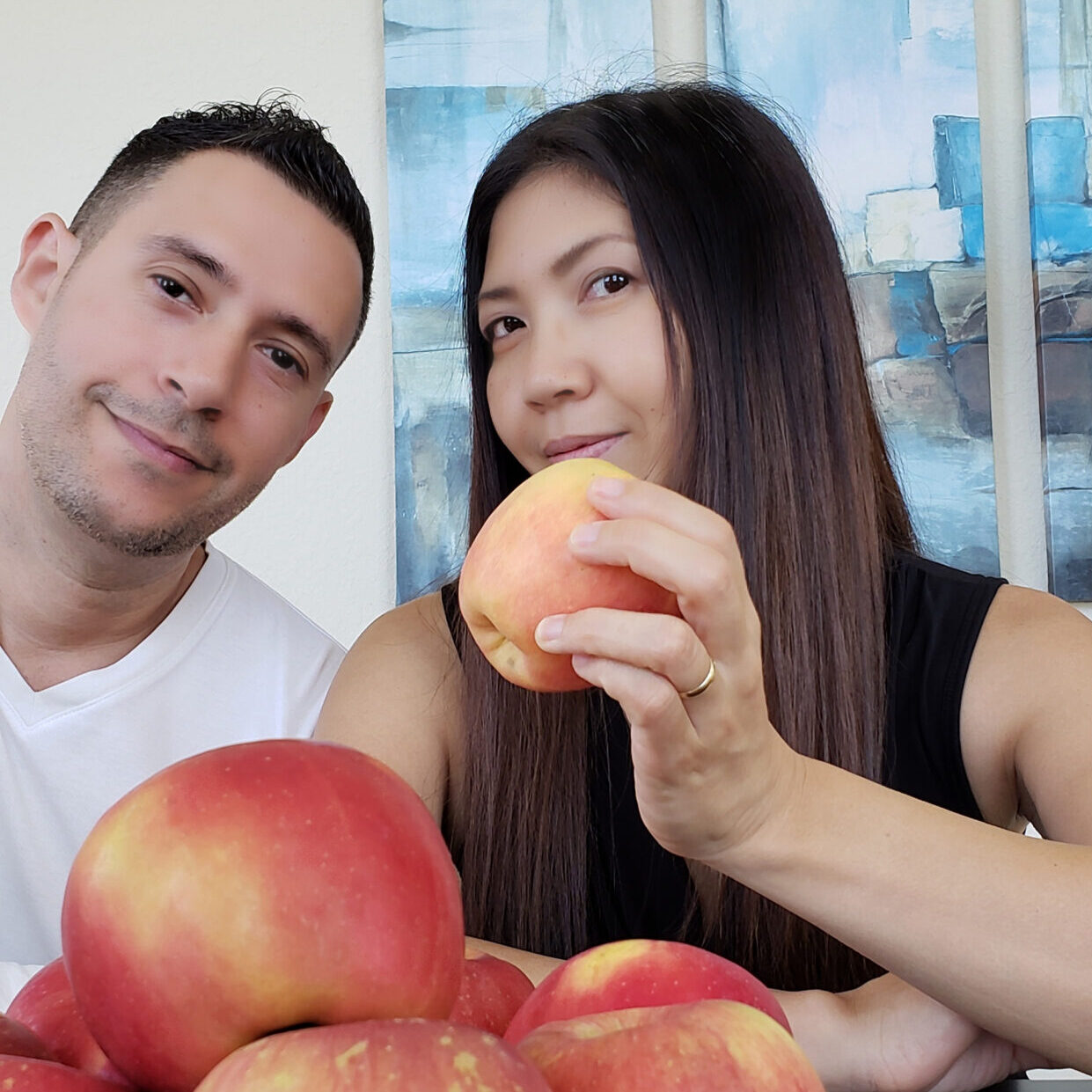

![CREAMY CHERRY TOMATO SAUCE PASTA (VEGAN)
[濃厚ミニトマトクリームソースパスタ(ヴィーガン)]
By @plantbased_matters
Recipe link in bio or at plantbasedmatters.net
Creamy Cherry Tomato Sauce Pasta (vegan) would be a perfect comfort food to make when sweet and juicy cherry tomatoes are in season. Cherry Tomato season is right around the corner, so definitely save this recipe and enjoy this satisfying dish!
This vegan creamy tomato sauce has no dairy or cream at all (not even plant-based milk or nut milk), but it's very rich and creamy and insanely tastey!
#pasta #pastapasta #veganpasta #tomatosauce #cheese ##vegancheese #pastalovers #parmigiana #parmesan #healthiswealth](https://plantbasedmatters.net/wp-content/plugins/instagram-feed/img/placeholder.png)